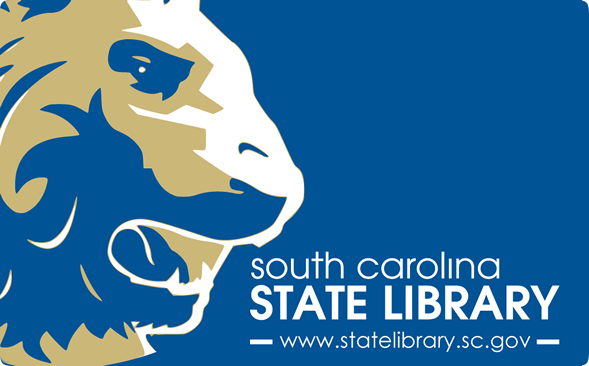Red, White, and Black Make Blue: Indigo in the Fabric of Colonial South Carolina Life
Like cotton, indigo has defied its humble origins. Left alone it might have been a regional plant with minimal reach, a localized way of dyeing textiles, paper, and other goods with a bit of blue. But when blue became the most popular color for the textiles that Britain turned out in large quantities in the eighteenth century, the South Carolina indigo that colored most of this cloth became a major component in transatlantic commodity chains.
101 People & Places that Shaped the American Revolution in South Carolina
Drawing upon the entries in the award-winning South Carolina Encyclopedia, this volume details the people, places, and ideas that shaped the struggle for American independence in South Carolina. As America approaches the 250th anniversary of its independence, this book also reminds readers of the critical role that South Carolina played in that struggle. Nearly 140 battles and skirmishes were fought in South Carolina during the American Revolution, more than any other colony.
Palmetto: Symbol of Courage
Recounts how the palmetto tree became a South Carolina state symbol following the Battle of Fort Moultrie fought off the South Carolina coast in 1776.
Memoirs of the American Revolution
Eyewitness account of the American Revolution from General William Moultrie.
Crescent Moon Over Carolina: William Moultrie and American Liberty
Examines the life of Major General William Moultrie (1730-1805), who is best remembered for his valiant defense of an unfinished log fort on Sullivan's Island at the entrance to Charleston harbor... also brings to light primary sources that are published here for the first time--revealing documents that provide fresh insight into the political and cultural values of Moultrie and his fellow South Carolinians

